
As the world grapples with climate change, a looming crisis is unfolding in the United States housing market.
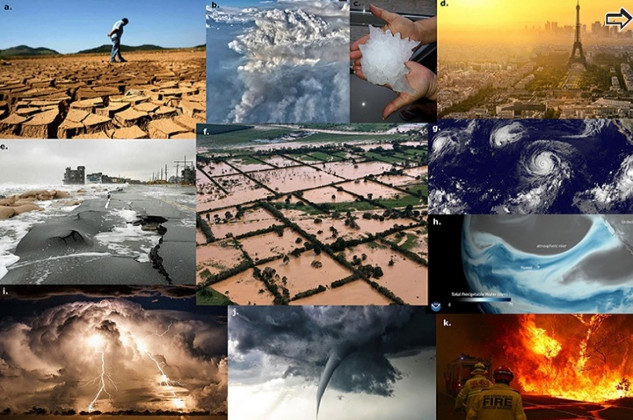
Tornadoes, wildfires and other disasters tell a story of vulnerability and recovery in America.
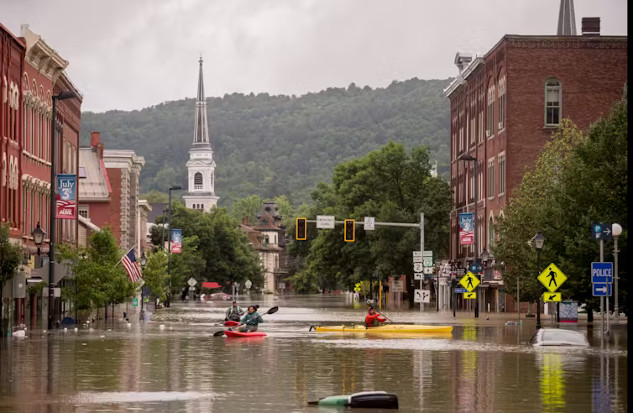
2023’s extreme storms, heat and wildfires broke records – a scientist explains how global warming fuels climate disasters
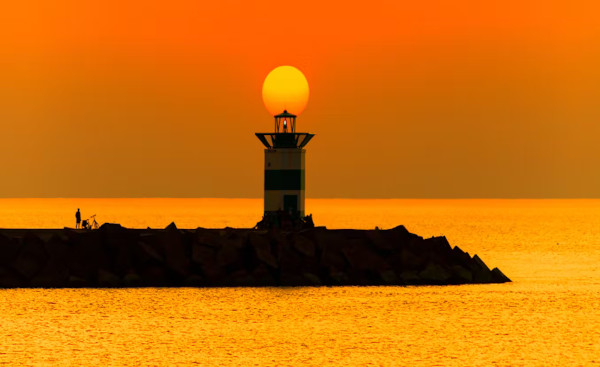
In the past few weeks, climate records have shattered across the globe. July 4 was the hottest global average day on record, breaking the new record set the previous day.
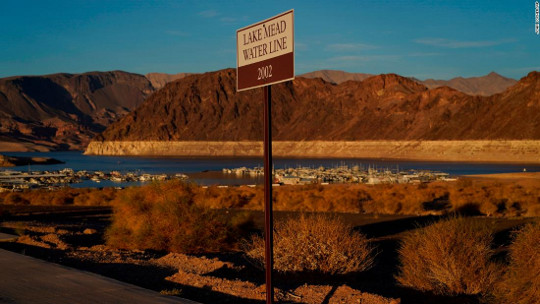
Rivers around the world have been drying up recently. The Loire in France broke records in mid-August for its low water levels, while photos circulating online show the mighty Danube, Rhine, Yangtze and Colorado rivers all but reduced to trickles.
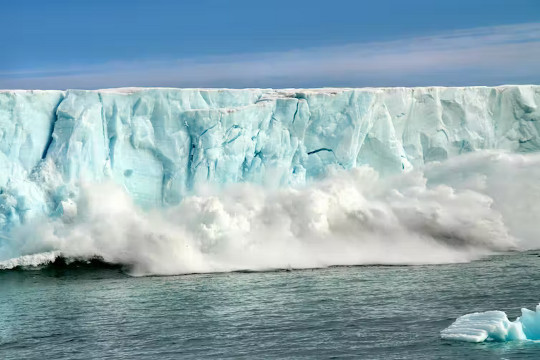
The Earth is approximately 1.1? warmer than it was at the start of the industrial revolution. That warming has not been uniform, with some regions warming at a far greater pace. One such region is the Arctic.
- By John Spicer
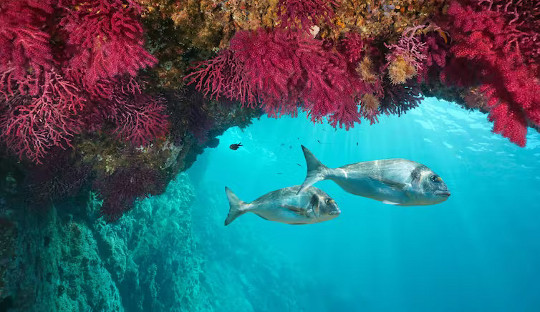
The ocean sustains all life on our planet. It provides food to eat and oxygen to breathe, while playing a key role in moderating our climate.
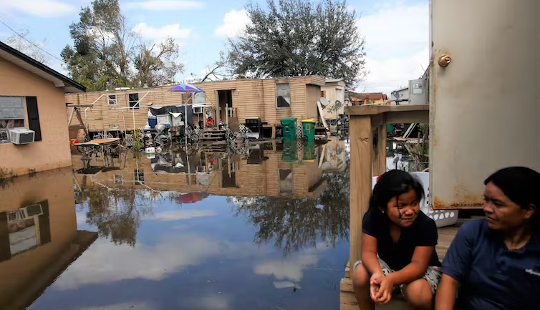
Climate change can exacerbate a full 58% of the infectious diseases that humans come in contact with worldwide, from common waterborne viruses to deadly diseases like plague, our new research shows.
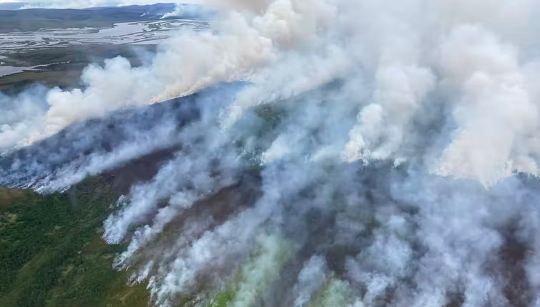
Alaska is on pace for another historic wildfire year, with its fastest start to the fire season on record.
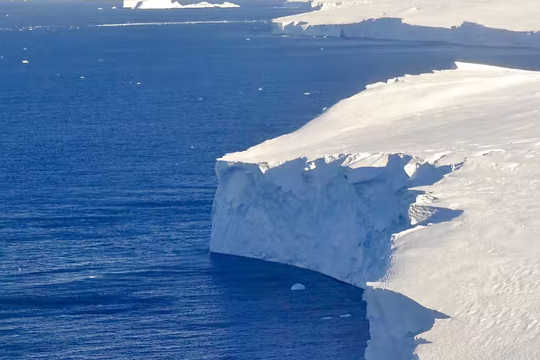
Flying over Antarctica, it’s hard to see what all the fuss is about. Like a gigantic wedding cake, the frosting of snow on top of the world’s largest ice sheet looks smooth and unblemished, beautiful and perfectly white. Little swirls of snow dunes cover the surface.

By now, few people question the reality that humans are altering Earth’s climate. The real question is: How quickly can we halt, even reverse, the damage?

Globally, about one-third of all greenhouse gas emissions come from agriculture and food systems. The carbon footprint of food systems includes all the emissions from its growing, processing, transportation and waste.
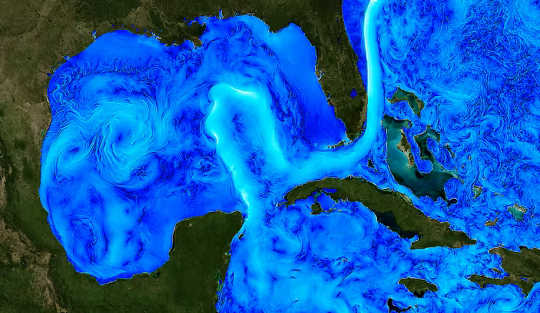
When the Loop Current reaches this far north this early in the hurricane season – especially during what’s forecast to be a busy season – it can spell disaster for folks along the Northern Gulf Coast, from Texas to Florida.
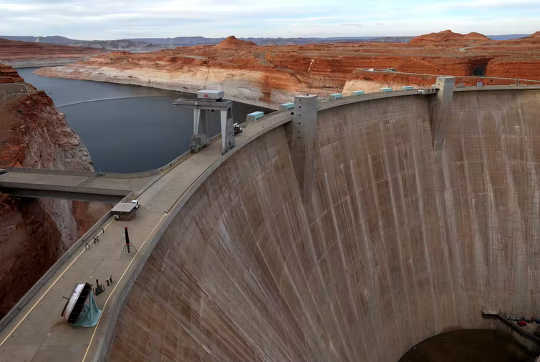
The water in Lake Powell, one of the nation’s largest reservoirs, has fallen so low amid the Western drought that federal officials are resorting to emergency measures to avoid shutting down hydroelectric power at the Glen Canyon Dam.
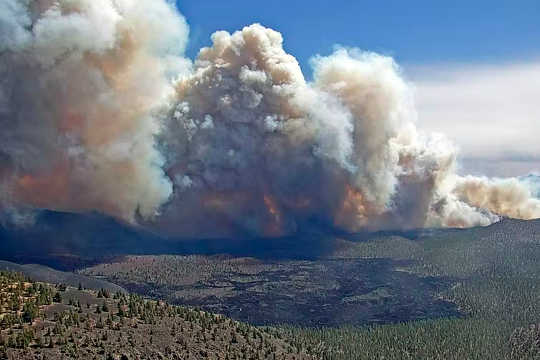
Now, the Southwest is seeing more fires start much earlier in the year. The earlier fire season is partly due to the warming climate. As temperatures rise, the snow melts more rapidly, more water evaporates into the atmosphere and the grasses and other fuels dry out earlier in the season.

Fossil fuels did this, said one climate justice campaigner. Unless we ditch fossil fuels immediately in favor of a just, renewable-energy based system, heatwaves like this one will continue to become more intense and more frequent.
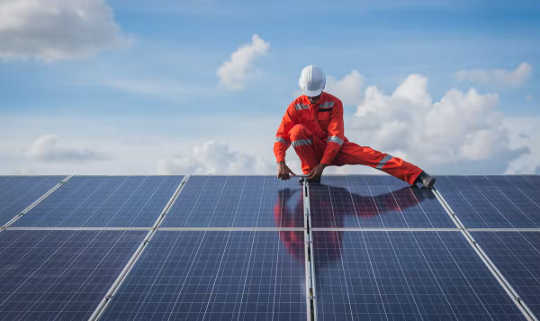
Many climate activists, scientists, engineers and politicians are trying to reassure us the climate crisis can be solved rapidly without any changes to lifestyle, society or the economy.

With yet another COVID-19 booster available for vulnerable populations in the U.S., many people find themselves wondering what the end game will be.
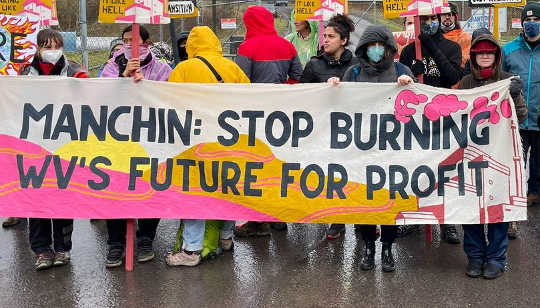
Organizers of the "Coal Baron Blockade" protest which targeted right-wing Democratic Sen. Joe Manchin's coal empire Saturday afternoon reported that state police almost immediately began arresting campaigners who assembled in Grant Town, West Virginia.
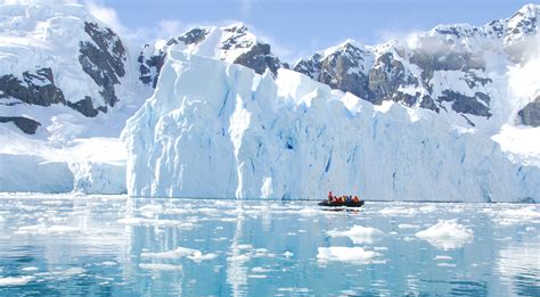
Among the events sparking concern was "freakish warming at Earth's South Pole" including "a mind-blowing" above-average reading at a research station.
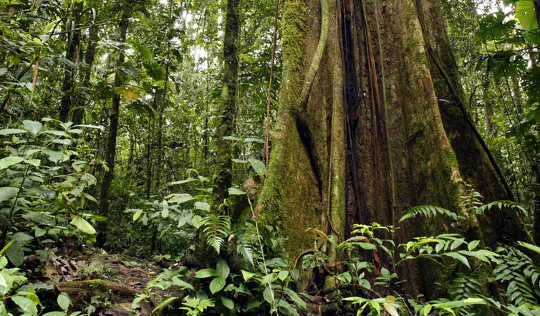
Sprawling 5.5 million square kilometres, the Amazon rainforest is the largest of its kind and home to about one in ten of all known species.
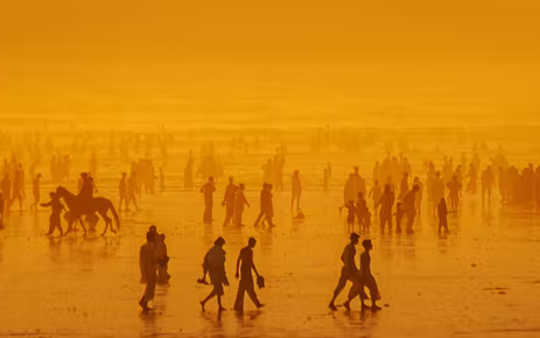
Global warming doesn’t stop on a dime. If people everywhere stopped burning fossil fuels tomorrow, stored heat would still continue to warm the atmosphere.
















